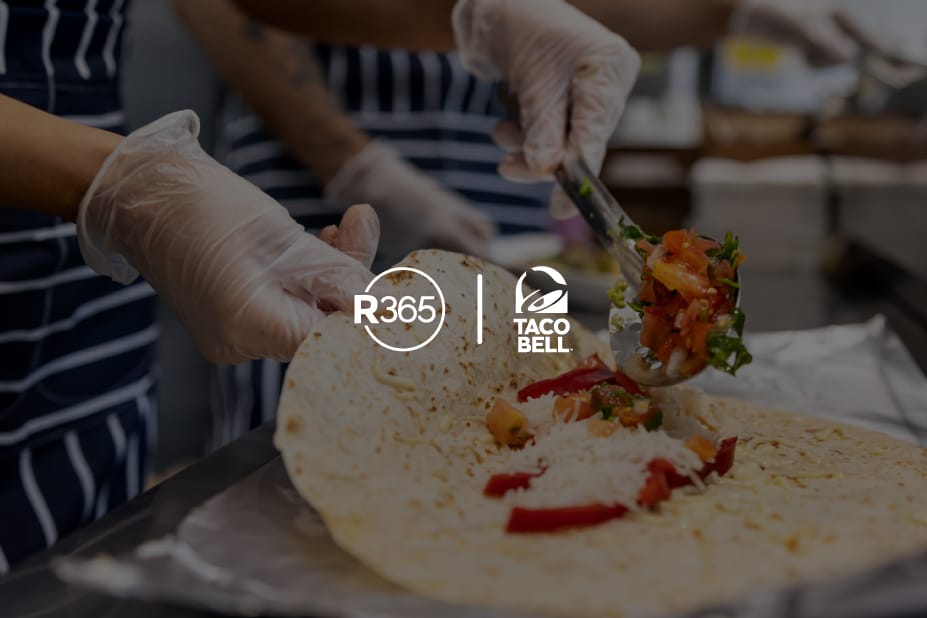
Despite being such a relatively large line item, in many restaurants the cost of ingredients and how that impacts profitability is not tracked. Owners and managers see the overall impact on monthly or quarterly profit/loss statements but understanding and managing food costs in real time—and doing something about it—remains an enigma for many operators.
For most, it’s because calculating food cost can be complex and time consuming. In fact, more than half of restaurant professionals rank operating and food costs as their biggest challenge and many operate on the fly, raising prices, changing menu items or adjusting operations based more on gut instinct than on hard data.
But nailing down the details on food costs can be a critical factor in restaurant success and having the information you need to make even small changes can have a big impact on profitability and your ability to attract and retain customers.
Here are some the basics of how to calculate food costs (yes, there will be math) and how you can leverage this crucial data to optimize operations and improve profits.
Food Costs 101
In a nutshell, food costs are the cost of goods sold divided by sales. It’s what you’ve spent on inventory divided by how much you’ve sold. On average, it’s about a third of total operating costs, but getting that proportion down to around 25% can be a major advantage.
To calculate food costs for your establishment, here’s the process:
- Make a list of all food supplies you received at the start of the week. Add up the total cost of these items. This is your beginning inventory.
- Track the cost of any additional food purchases you made during the week.
- Take inventory again at the end of the week/start of the new week, before new supplies come in. Add up the total cost of these items. This is your ending inventory.
- Calculate total sales for the week
Now use the following formula to calculate your food cost percentage of sales:
(Beginning inventory + additional purchases made during the week – ending inventory) ÷ total food sales = total food cost percentage for the week
You can take this a step further and break down food costs per serving or per menu item for even greater insight. Use this formula:
Cost of ingredients for that dish x the amount sold = food cost per dish
Based on this data, you now have a clear picture of exactly how much you’re spending in food costs, and can find ways to reduce cost and waste, while still delivering outstanding quality and service.
Why optimizing food costs matters
Since food cost is one of the largest expenses in every restaurant, any reduction in those costs:
- Frees up more funds for higher salaries, more marketing spend, upgrading equipment, or any other business need
- Helps maximize profitability both at a granular (per-item) and big picture (total P/L) scale
Digging into the nitty gritty of food costs can help you make even small tweaks that can make a big difference. Here are just a few examples of how food cost knowledge is power:
- Menu pricing and promotions: With a lock on food costs, you can then set menu pricing based on hard data, rather than a hunch. This will help you determine which menu items are more profitable, and which ones to promote based on that data.
- Menu engineering: By tracking food costs, and how that cost impacts profitability, you can start making strategic adjustments to your menu. For example, if costs are too high or going up due to circumstances beyond your control (supplier increases, inclement weather, scarcity of ingredients, etc.), you can change, reprice or retire items, adjust portion sizes, find new suppliers or make other adjustments.
- Experiment confidently with new recipes: When you know the actual cost of your ingredients, you can be more creative in the kitchen and determine if a dish can be profitable before adding it to the menu. By combining your food cost data with knowledge of what the market will bear in terms of pricing, you can devise new dishes and price them appropriately, before that great new dish becomes a best seller that puts you in the red.
Better insight starts with accurate data
When calculating food costs, having accurate inventory and inventory cost data is absolutely critical. If you don’t know exactly what you have on hand, nor what you’ve spent on it, running estimates through the formula won’t give you the data you need to effectively measure profitability.
While you could track inventory/inventory costs with spreadsheets, this can be extremely time consuming and complex. Not to mention, the risk of data entry errors is huge. One small mistake, like a decimal out of place or two transposed numbers, will set your entire calculation off. When supply prices change, you have to update that data manually throughout the spreadsheet to keep cost calculations up to date.
Using an inventory management solution can give you the speed, accuracy and automation to make food cost calculations a snap. When it includes vendor integration, your purchase orders and invoices are automatically pulled in, along with mobile inventory and bar code scanning that makes follow-up inventory fast and easy. Even better, built-in reports can do the math for you, turning out recipe cost analysis, menu costing and actual vs. theoretical inventory analytics.
Having these real-time insights not only makes it fast and easy so you can get out of the office and out onto the floor to greet guests, but it also racks up big savings. Acme Oyster House was able to cut food costs at its four locations 5% by upgrading from a manual spreadsheet system to automated inventory, and Matchbox Vintage Pizza Bistro used inventory insights to re-engineer its menu, cutting food costs by 2%–both big impacts in the overall budget.
If your restaurant business is focused on long-term profitability, equip your team with tools that will help increase operational efficiency. Restaurant365 is an all-in-one restaurant management system incorporating restaurant accounting software, restaurant operations software, inventory management software, payroll + HR software, and scheduling software into a cloud-based platform that’s fully integrated with your POS system, as well as to your food and beverage vendors, and bank.



